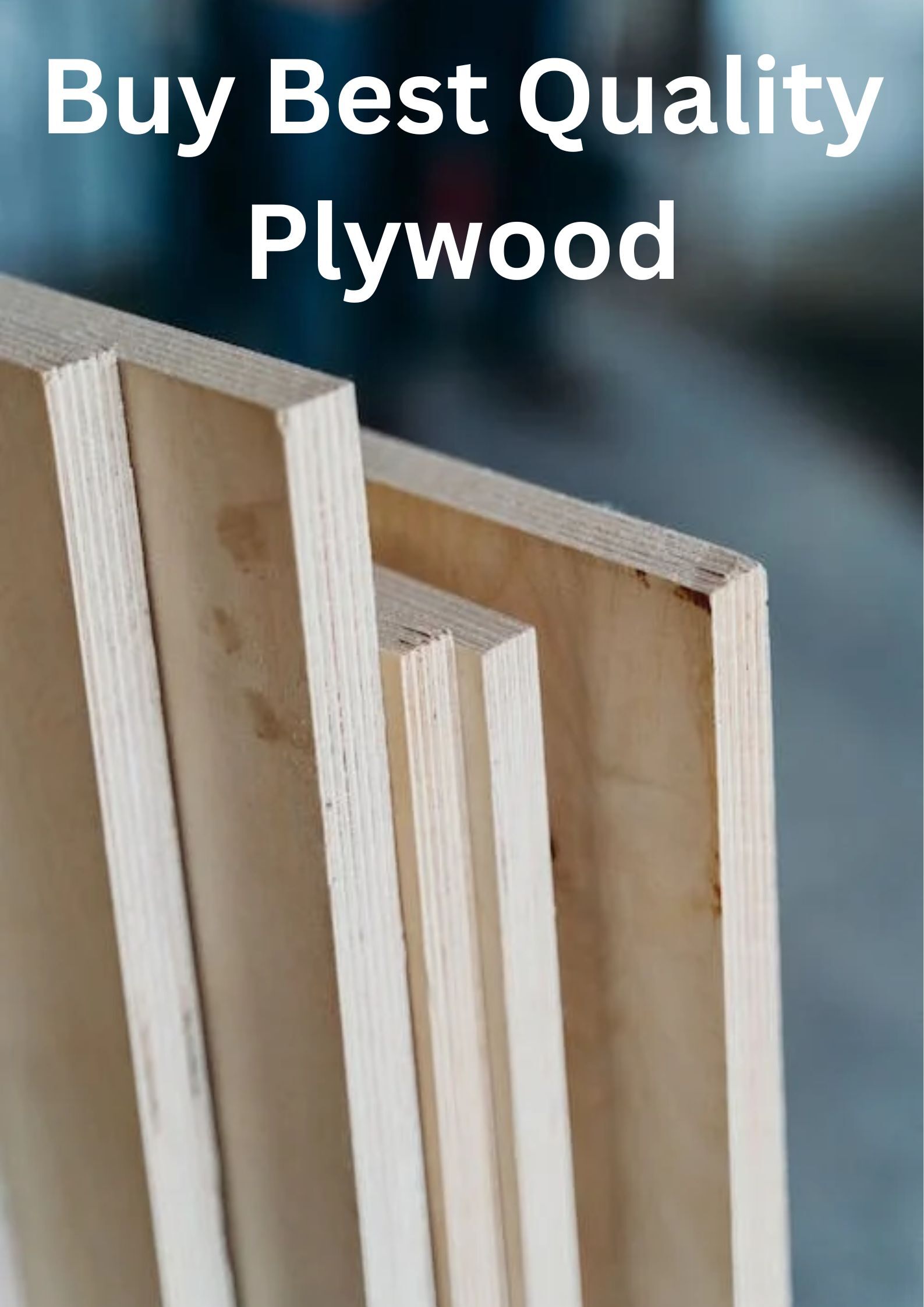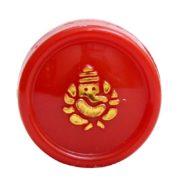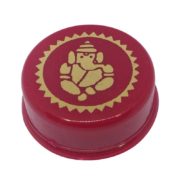High-Density High-Moisture Resistant (HDHMR) boards have revolutionized the world of interior design and construction. These versatile panels offer a perfect blend of durability, moisture resistance, and eco-friendliness. In this comprehensive guide, we’ll explore the various applications of HDHMR boards, their benefits, and how they compare to traditional materials like plywood.
What is HDHMR Board?
HDHMR stands for High-Density High-Moisture Resistant board. It’s an engineered wood product made from wood fibers bonded together with resin under high pressure and temperature. The result is a dense, stable, and moisture-resistant panel that offers numerous advantages over traditional wood products.
Key Features of HDHMR Boards:
- High density
- Excellent moisture resistance
- Uniform thickness
- Smooth surface
- Eco-friendly composition
- High screw-holding capacity
- Dimensional stability
Applications of HDHMR Boards
1. Kitchen Cabinets and Countertops
HDHMR boards are an excellent choice for kitchen applications due to their moisture-resistant properties and durability.
Benefits for kitchen use:
- Resistance to water damage
- Easy to clean and maintain
- Sturdy support for heavy countertops
- Suitable for both modern and traditional kitchen designs
2. Bathroom Vanities and Storage
The high moisture resistance of HDHMR makes it ideal for bathroom furniture and storage solutions.
Advantages in bathrooms:
- Withstands humid environments
- Resists swelling and warping
- Provides a stable base for sinks and mirrors
- Offers longevity in wet conditions
3. Office Furniture
HDHMR boards are increasingly popular in office furniture manufacturing due to their strength and aesthetic appeal.
Office applications:
- Desks and workstations
- Conference tables
- Filing cabinets
- Partition walls
4. Residential Furniture
From bedroom sets to living room storage, HDHMR boards offer versatility in residential furniture design.
Examples of residential use:
- Wardrobes and closets
- Bookshelves
- TV units
- Bed frames and headboards
5. Commercial Interiors
HDHMR boards are widely used in commercial spaces due to their durability and aesthetic flexibility.
Commercial applications:
- Retail display units
- Hotel furniture
- Restaurant interiors
- Reception desks and counters
6. Wall Paneling
The smooth surface and uniform thickness of HDHMR boards make them excellent for wall paneling applications.
Benefits for wall paneling:
- Easy installation
- Seamless finish
- Customizable with veneers or laminates
- Improved sound insulation
7. Doors and Door Frames
HDHMR boards provide a stable and durable material for interior doors and frames.
Advantages for doors:
- Resistance to warping
- High screw-holding capacity for hinges
- Lightweight compared to solid wood
- Can be easily painted or veneered
8. Flooring Substrate
As a substrate for flooring, HDHMR boards offer a stable and moisture-resistant base.
Flooring applications:
- Underlayment for hardwood floors
- Base for laminate flooring
- Subfloor in high-moisture areas
Plywood vs HDHMR Sheet: A Comparison
When choosing between plywood and HDHMR sheets, it’s essential to understand their differences and strengths.
Moisture Resistance
- HDHMR: Highly resistant to moisture, ideal for humid environments
- Plywood: Varies depending on grade, generally less moisture-resistant than HDHMR
Density and Strength
- HDHMR: Higher density, offering greater strength and screw-holding capacity
- Plywood: Lower density, but still provides good strength for many applications
Surface Quality
- HDHMR: Smooth, uniform surface requires less preparation for finishing
- Plywood: May have surface imperfections, often requiring additional preparation
Eco-Friendliness
- HDHMR: Made from recycled wood fibers, more environmentally friendly
- Plywood: Uses whole wood veneers, potentially less sustainable
Cost
- HDHMR: Generally more expensive upfront but offers long-term value
- Plywood: Often less expensive initially but may require more maintenance
Weight
- HDHMR: Heavier due to its high density
- Plywood: Lighter, making it easier to handle and transport
Advantages of Using HDHMR Boards
- Moisture Resistance: Superior protection against water damage
- Durability: Long-lasting performance in various applications
- Uniform Thickness: Ensures consistent quality and appearance
- Eco-Friendly: Made from recycled wood fibers
- Versatility: Suitable for a wide range of interior applications
- Easy Machining: Can be cut, drilled, and shaped with standard woodworking tools
- Smooth Surface: Ideal for lamination and veneering
- Dimensional Stability: Minimal expansion or contraction with temperature changes
Considerations When Using HDHMR Boards
- Weight: Heavier than some alternatives, may require additional support
- Cost: Initially more expensive than some traditional materials
- Finishing: Requires proper sealing and finishing for optimal performance
- Installation: Best results achieved with professional installation
- Availability: May not be as widely available as plywood in some regions
Conclusion
HDHMR boards offer a versatile, durable, and eco-friendly solution for a wide range of interior applications. From kitchen cabinets to office furniture, these high-performance panels provide excellent moisture resistance, strength, and stability. While they may have a higher upfront cost compared to traditional materials like plywood, their long-term benefits in terms of durability and performance often make them a cost-effective choice.
When considering plywood vs HDMR sheet options, it’s important to weigh the specific requirements of your project. HDHMR excels in high-moisture environments and applications requiring a smooth, uniform surface. However, plywood may still be preferable in certain situations where weight or initial cost are primary concerns.
As the construction and interior design industries continue to evolve, HDHMR boards are likely to play an increasingly important role in creating sustainable, long-lasting, and aesthetically pleasing spaces. By understanding the unique properties and applications of HDHMR boards, designers, contractors, and homeowners can make informed decisions to achieve the best results in their projects.
Whether you’re renovating a kitchen, outfitting an office, or working on a commercial interior, consider the benefits of HDHMR boards. Their versatility, durability, and eco-friendly composition make them a smart choice for modern construction and design needs.
Q1: Is HDHMR board waterproof?
A: While HDHMR boards are highly moisture-resistant, they are not completely waterproof. They offer excellent protection against moisture damage but should still be properly sealed and maintained for best results.
Q2: Can HDHMR boards be painted?
A: Yes, HDHMR boards can be painted. Their smooth surface provides an excellent base for paint application. However, proper priming is recommended for the best adhesion and finish.
Q3: How does HDHMR compare to MDF?
A: HDHMR is generally denser and more moisture-resistant than MDF (Medium-Density Fiberboard). It offers better screw-holding capacity and is more suitable for high-humidity environments.
Q4: Are HDHMR boards environmentally friendly?
A: Yes, HDHMR boards are considered environmentally friendly as they are made from recycled wood fibers and use formaldehyde-free resins in their production.
Q5: Can HDHMR boards be used outdoors?
A: While HDHMR boards offer good moisture resistance, they are primarily designed for interior use. For outdoor applications, specially treated exterior-grade products should be used.
Q6: How long do HDHMR boards last?
A: When properly installed and maintained, HDHMR boards can last for many years. Their lifespan depends on the specific application and environmental conditions but is generally comparable to or better than traditional wood products.
Q7: Is HDHMR board suitable for kitchen cabinets?
A: Yes, HDHMR boards are an excellent choice for kitchen cabinets due to their moisture resistance, durability, and smooth surface for lamination or veneering.





